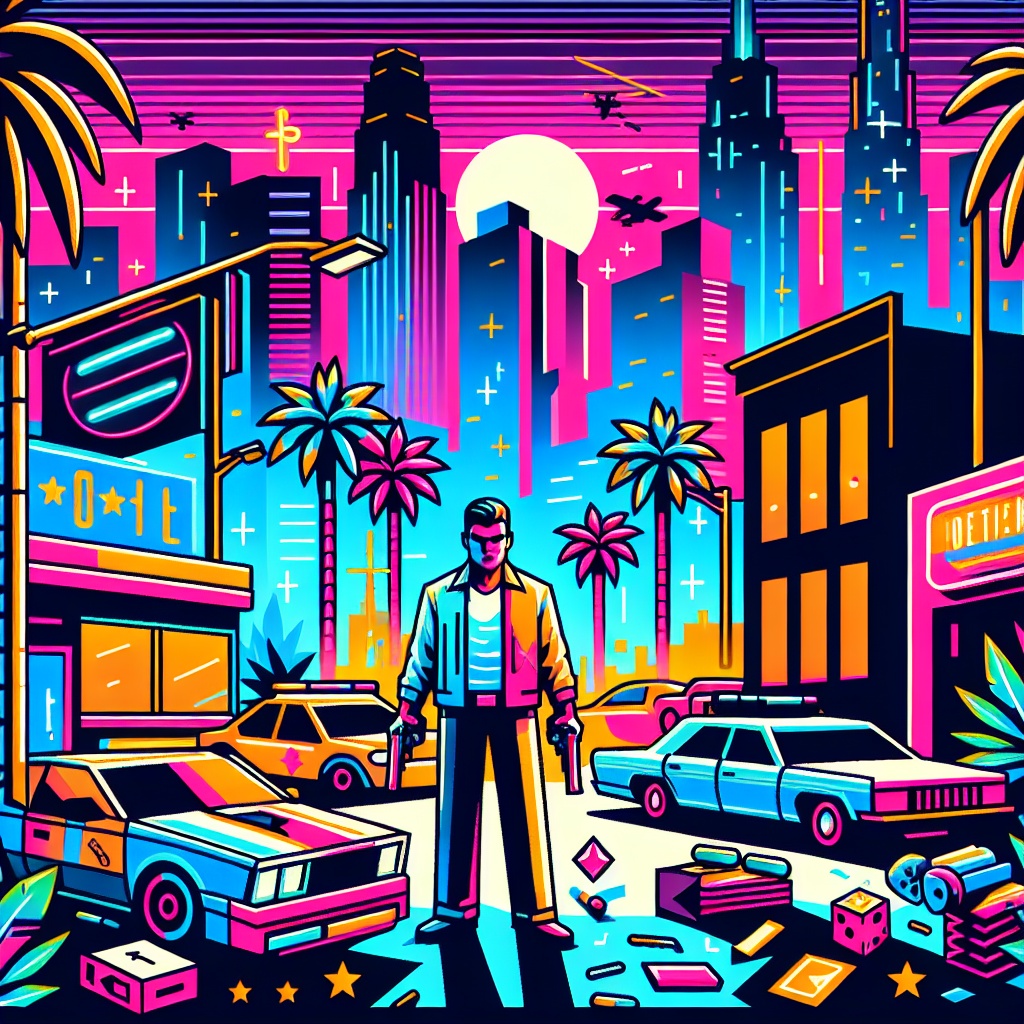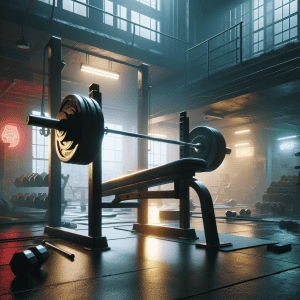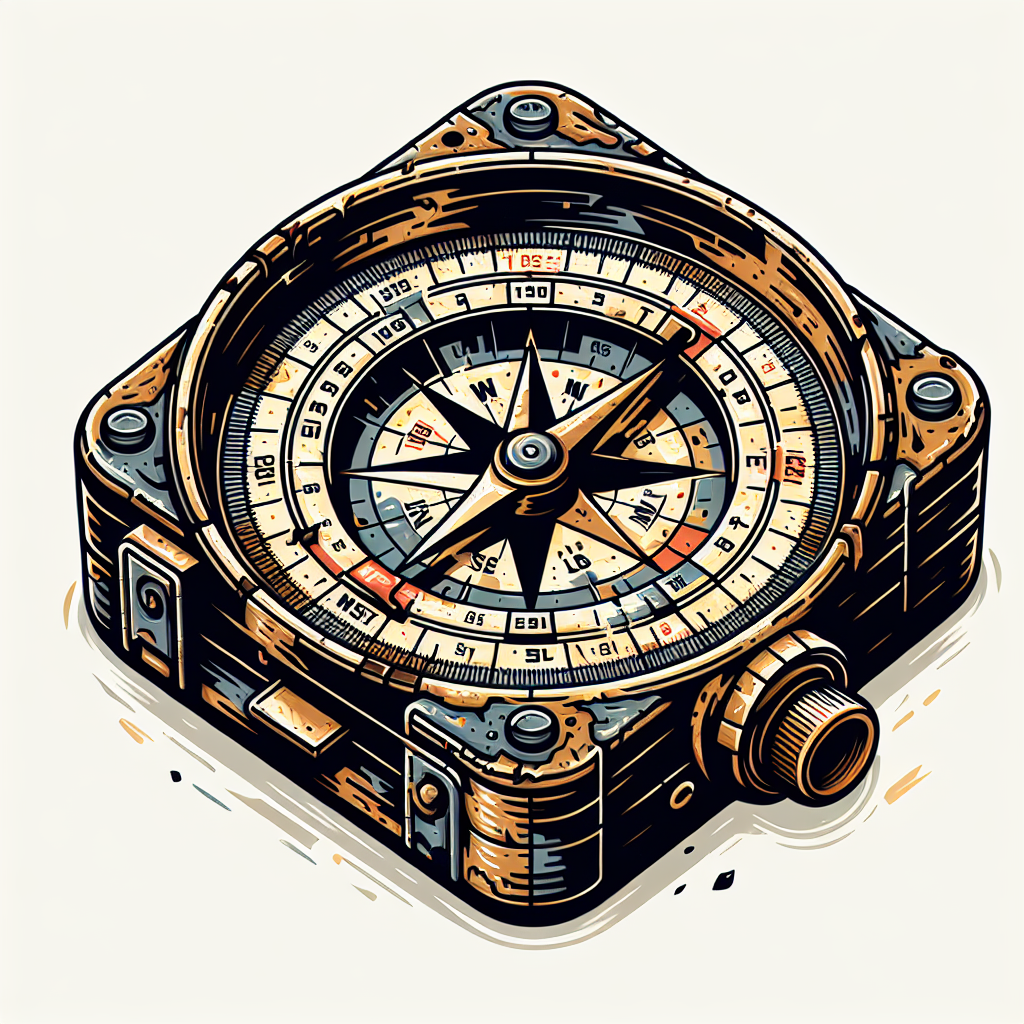Vice City’s Modern Evolution in GTA 6
Vice City has long been iconic for its neon-lit 1980s aesthetic, pastel art deco hotels, and Miami-inspired sun-soaked streets. But how has Vice City transformed in GTA 6 compared to previous games? Rockstar Games has taken a bold leap, evolving the city from a nostalgic throwback to a sprawling modern metropolis teeming with luxury, crime, cultural diversity, and intricate smuggling operations. This article dives deep into Vice City’s shift in GTA 6, exploring how new neighborhoods like Ocean Beach, Little Cuba, the Tishawaka Flea Market, VC Port, and the bustling Cruise Ships scene paint a vivid picture of a city that’s both glamorous and gritty.
Beyond the surface-level changes, we’ll analyze the implications of this evolution on gameplay, story, and player immersion, delivering insights you won’t find in typical summaries.
What Does Vice City’s Expansion into a Modern Urban Sprawl Mean for GTA 6?
In GTA 6, Vice City is no longer just a neon-soaked playground stuck in the 1980s. Rockstar has expanded it into part of the larger state of Leonida — a fictionalized Florida that offers a mix of glitz, grit, and vibrant cultural intersections. The city’s facelift reflects contemporary realities: luxury condos rise alongside crime-ridden districts; cultural enclaves bustle with life while smuggling syndicates operate under the radar.
This transformation is evident in the diversity of environments and the conflicting energies within each neighborhood. Ocean Beach, for example, epitomizes the polished tourist trap with its bright white sands and art deco hotels, but it’s also a hub for wealth and high-stakes hustling. Little Cuba brings a raw, authentic flavor with its bustling panaderias and street-level commerce, while the Tishawaka Flea Market is a chaotic bazaar of bootleg goods and underground dealings.
Compared to previous GTA titles like GTA: Vice City or even GTA 5’s Los Santos, this version of Vice City feels more layered and alive. Instead of a singular cityscape, players will navigate a sprawling urban and rural landscape where luxury and decay exist side by side, emphasizing “the glamour, hustle, and greed of America captured in a single city.”
How Do Key Neighborhoods Like Ocean Beach and Little Cuba Reflect Vice City’s New Identity?
Ocean Beach remains the postcard-perfect face of Vice City, but its portrayal in GTA 6 has evolved. No longer just a sunny tourist hotspot, it’s a microcosm of excess and hidden tensions. The pastel art deco architecture and white sands invite players into a world of superficial glamour, yet beneath the surface lies a complex ecosystem of power plays and crime. This duality adds depth to exploration and missions set in this area.
Little Cuba, on the other hand, provides a stark contrast. It’s a neighborhood alive with cultural authenticity and street-level energy. The vibrant panaderias and local businesses give it a lived-in feel, while the presence of criminal activity and bootleg operations adds an edge of danger. This setting resonates more closely with the gritty, survivalist themes Rockstar is weaving into the narrative.
These neighborhoods highlight Vice City’s current dual nature: a city caught between its glamorous reputation and the harsh realities of crime and survival. This dynamic shift allows for varied gameplay experiences, from high-class heists to gritty street-level deals.
What Role Does the Tishawaka Flea Market and VC Port Play in Vice City’s Smuggling and Crime Scene?
The Tishawaka Flea Market emerges as a new hotspot that embodies Vice City’s chaotic underbelly. It’s described as a place rife with bootleg brands and illicit trade, encapsulating the smuggling opportunities that players can exploit. This area adds a tangible marketplace where crime and commerce intersect, reflecting the game’s theme that “the only thing that matters is who you know and what you got.”
Similarly, VC Port is portrayed as a critical node for the city’s shipping and smuggling operations. The presence of cruise ships arriving and departing suggests a bustling trade hub with plenty of opportunities for illicit activities. This port area expands the gameplay possibilities, inviting players to engage in smuggling, stealth missions, or large-scale heists involving cargo ships and maritime crime syndicates.
Compared to earlier GTA ports, which served more as static map features, VC Port’s dynamic role in the city’s criminal ecosystem is a clear evolution, aligning with Rockstar’s intent to build a world where every neighborhood has a distinct vibe and gameplay potential.
How Are New Elements Like Cruise Ships Reflecting Vice City’s Luxury and Crime Blend?
The cruise ship capital aspect of Vice City is a fresh addition that blends the city’s luxurious allure with the dark, criminal world beneath. These massive vessels symbolize the city’s wealth and status as a global tourist destination, but also serve as floating stages for high-stakes crime.
Players can expect missions involving cruise ship smuggling, heists during lavish parties, or even tense escape scenarios amid the opulence. This contrast between glamour and danger is a hallmark of GTA 6’s narrative tone, where
“everyone has something to gain and more to lose”
.
The cruise ships also enhance the city’s verticality and scale, offering new environments that differ from urban streets or rural wetlands. This expansion broadens how players interact with Vice City, making the world feel more immersive and unpredictable.
What Does the Transformation of Vice City in GTA 6 Suggest for the Future of Gameplay and Storytelling?
The evolution of Vice City into a sprawling, multifaceted urban and regional world reflects Rockstar’s ambition to push narrative and gameplay boundaries. The intertwined stories of characters like Jason and Lucia, caught in a vast criminal conspiracy stretching across Leonida, underscore a more complex, emotionally charged storytelling approach.
With neighborhoods like Ocean Beach, Little Cuba, and VC Port offering distinct atmospheres, players will navigate a city where cultural diversity and criminal enterprises collide. The game’s world-building suggests a variety of mission types—from strategic alliances to brutal street fights—emphasizing that “forced to rely on each other more than ever if they want to make it out alive.”
Moreover, the introduction of characters involved in music, nightlife, and social media influences signals a GTA experience that transcends traditional crime drama. Rockstar is layering Vice City with cultural depth, reflecting contemporary societal themes and widening the scope of player engagement.
Speculatively, this rich environment could pave the way for ongoing expansions or GTA Online chapters set across Leonida and beyond, possibly connecting to other iconic locations like Liberty City, hinted at through Lucia’s backstory. This would create a living, evolving world where Vice City’s transformation is just the beginning.
“The psychopaths are in charge. Get used to it.”
Key Takeaways
- Vice City has transformed from a nostalgic 1980s setting into a sprawling modern urban and regional environment in GTA 6.
- Neighborhoods like Ocean Beach and Little Cuba offer contrasting vibes of luxury and gritty street culture, reflecting the city’s complex identity.
- The Tishawaka Flea Market and VC Port introduce dynamic smuggling and crime hubs, expanding gameplay opportunities.
- Cruise ships symbolize the blend of opulence and danger, offering new mission settings and narrative depth.
- The game’s story and world-building hint at a larger criminal conspiracy spanning the state of Leonida, with potential for future expansions.
Conclusion
Rockstar’s reimagining of Vice City in GTA 6 is a bold evolution that respects the city’s iconic past while pushing it into a vibrant, modern era. The transformation answers the pressing question: how has Vice City transformed in GTA 6 compared to previous games? It’s no longer just a playground of neon nostalgia but a living, breathing urban sprawl filled with cultural diversity, crime, luxury, and opportunity. This new Vice City promises deeper gameplay, richer storytelling, and a world where every corner offers something new to explore.
What specific customization feature or story arc are you most excited to see in Lucia and Jason’s journey through this transformed Vice City? Let us know in the comments below!



